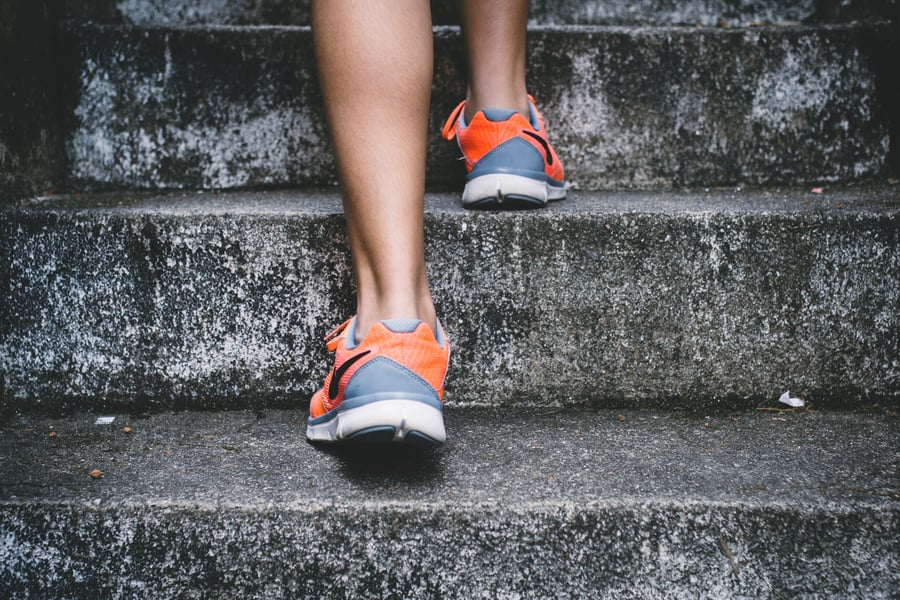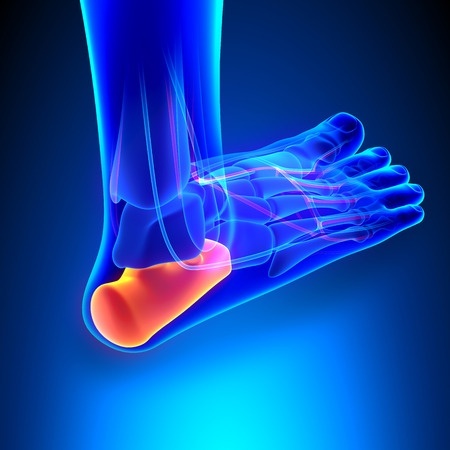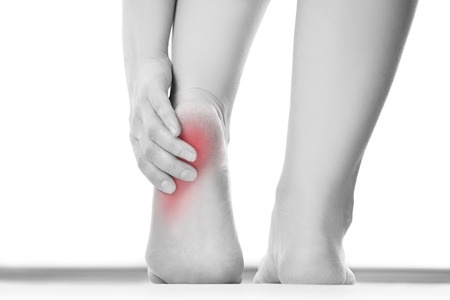
What is Sever's Disease?
Calcaneal apophysitis, known colloquially as Sever's disease, is characterized by inflammation of the growth plate in the calcaneal apophysis of the heel. The inflammation is usually painful. Medical experts believe that Sever's disease is caused through small and continual trauma on the Achilles tendon pulling on the apophysis.Pain related to activity is symptomatic of calcaneal apophysitis. This pain is usually centered in the back of the heel.
About 60 percent of patients with Sever's disease report inflammation and pain in both heels.
How Long Does Sever's Disease Last?
Sever's disease can last for months, with increasing pain accompanying the condition in a worst-case scenario. If the condition has been treated and pain persists, the patient may need to return to the responsible physician.
What are the Symptoms of Sever's Disease?
The following is not an exhaustive list of symptoms, although these are the most common:
- Pain in the back of the heel on one or both sides of the body
- Pain in the heel that corresponds with sporting activities such as jumping and running
- Limping that is not due to a sprain or broken bone in the foot or the leg
- Pain that shows itself when the heel is squeezed
What are the Causes of Sever's Disease?
Sever's disease may be caused by one or several of the following conditions:
- A high rate of activity in sports that involve jumping and running
- Participating in sports activities with footwear that does not provide the right support
- Predilection toward having tight muscles in the leg, especially in the calf and in the Achilles tendon
- Normal patterns of growth in which the bones outgrow the tendons and muscles that surround them
How is Sever's Disease Treated?
Sever's disease usually warrants a more conservative treatment pattern. The patient will begin a program of physical therapy that includes stretching the calf muscles. Depending on the tightness of the calves, the patient may also be assigned arch supports or heel lifts. Over time, the patient should be able to return to all activities.
The following is a list of common treatments for Sever's disease. Always seek out the advice of a qualified medical professional before committing yourself to any treatment program.
- Reduction of patient participation in sports activity until pain subsides
- Putting ice on the heel immediately after participating in sports
- Pre-stretching the calves, hamstrings and Achilles tendons for at least 15 minutes before starting any sports activity
- Getting fitted for new athletic shoes, arch supports or orthotics (or a combination of these things)
- Using heel lifts or general arch supports
- Never walking barefoot in day-to-day life
- Use of an anti-inflammatory medication to reduce swelling and pain







.jpg?width=500&name=erwans-socks-YGE42qjlWjE-unsplash%20(1).jpg)